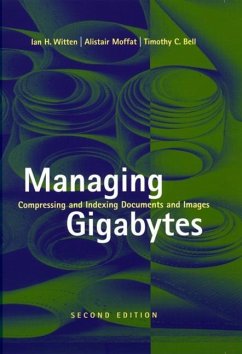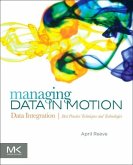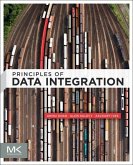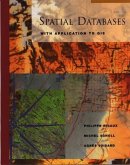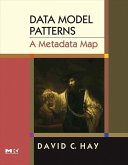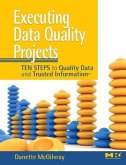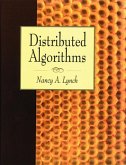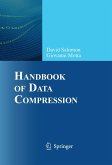In this fully updated second edition of the highly acclaimed Managing Gigabytes, authors Witten, Moffat, and Bell continue to provide unparalleled coverage of state-of-the-art techniques for compressing and indexing data. Whatever your field, if you work with large quantities of information, this book is essential reading--an authoritative theoretical resource and a practical guide to meeting the toughest storage and access challenges. It covers the latest developments in compression and indexing and their application on the Web and in digital libraries. It also details dozens of powerful techniques supported by mg, the authors' own system for compressing, storing, and retrieving text, images, and textual images. mg's source code is freely available on the Web.
Up-to-date coverage of new text compression algorithms such as block sorting, approximate arithmetic coding, and fat Huffman coding New sections on content-based index compression and distributed querying, with 2 new data structures for fast indexing New coverage of image coding, including descriptions of de facto standards in use on the Web (GIF and PNG), information on CALIC, the new proposed JPEG Lossless standard, and JBIG2 New information on the Internet and WWW, digital libraries, web search engines, and agent-based retrieval Accompanied by a public domain system called MG which is a fully worked-out operational example of the advanced techniques developed and explained in the book New appendix on an existing digital library system that uses the MG software
Up-to-date coverage of new text compression algorithms such as block sorting, approximate arithmetic coding, and fat Huffman coding New sections on content-based index compression and distributed querying, with 2 new data structures for fast indexing New coverage of image coding, including descriptions of de facto standards in use on the Web (GIF and PNG), information on CALIC, the new proposed JPEG Lossless standard, and JBIG2 New information on the Internet and WWW, digital libraries, web search engines, and agent-based retrieval Accompanied by a public domain system called MG which is a fully worked-out operational example of the advanced techniques developed and explained in the book New appendix on an existing digital library system that uses the MG software
"This book is the Bible for anyone who needs to manage large data collections. It's required reading for our search gurus at Infoseek. The authors have done an outstanding job of incorporating and describing the most significant new research in information retrieval over the past five years into this second edition."-Steve Kirsch, Cofounder, Infoseek Corporation
"The new edition of Witten, Moffat, and Bell not only has newer and better text search algorithms but much material on image analysis and joint image/text processing. If you care about search engines, you need this book: it is the only one with full details of how they work. The book is both detailed and enjoyable; the authors have combined elegant writing with top-grade programming."-Michael Lesk, National Science Foundation
"The coverage of compression, file organizations, and indexing techniques for full text and document management systems is unsurpassed. Students, researchers, and practitioners will allbenefit from reading this book."-Bruce Croft, Director, Center for Intelligent Information Retrieval at the University of Massachusetts
"The new edition of Witten, Moffat, and Bell not only has newer and better text search algorithms but much material on image analysis and joint image/text processing. If you care about search engines, you need this book: it is the only one with full details of how they work. The book is both detailed and enjoyable; the authors have combined elegant writing with top-grade programming."-Michael Lesk, National Science Foundation
"The coverage of compression, file organizations, and indexing techniques for full text and document management systems is unsurpassed. Students, researchers, and practitioners will allbenefit from reading this book."-Bruce Croft, Director, Center for Intelligent Information Retrieval at the University of Massachusetts

